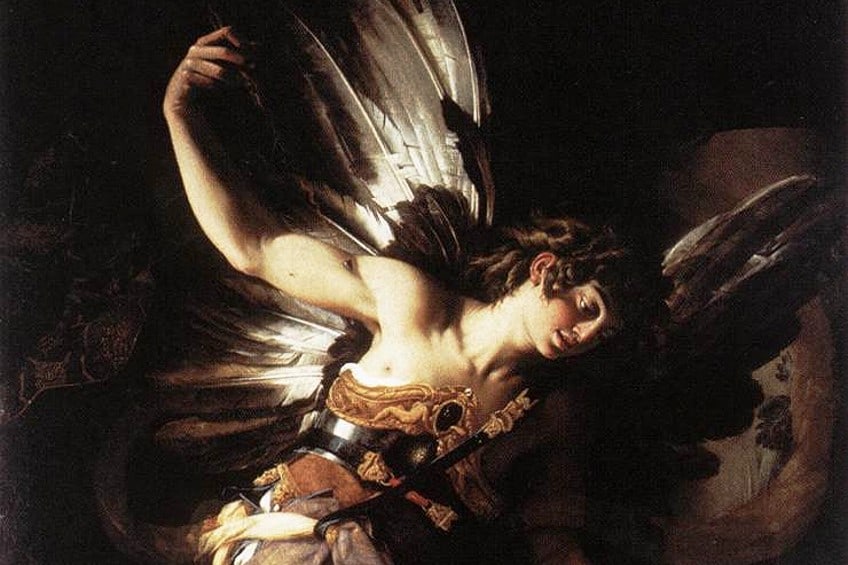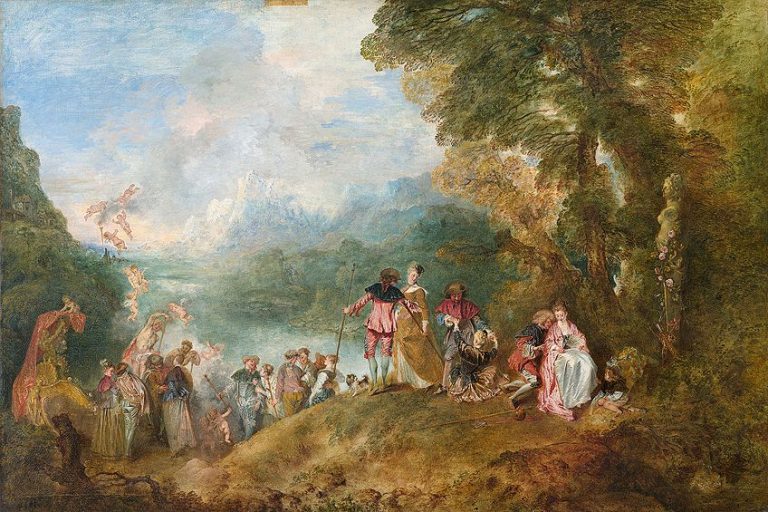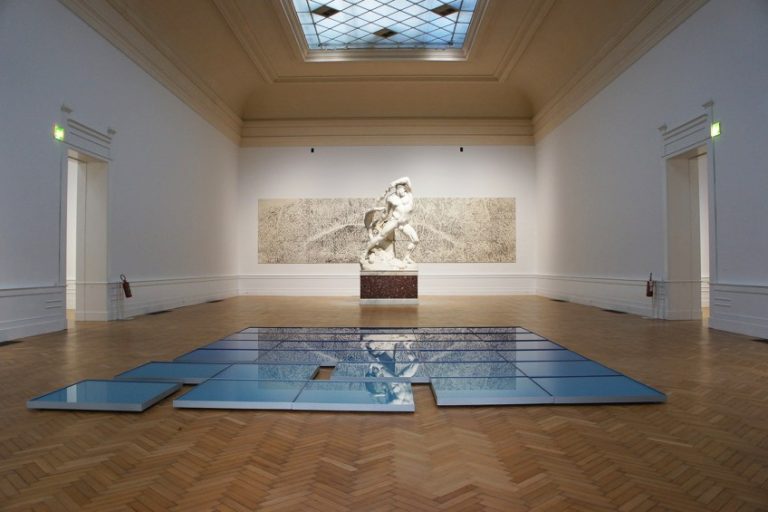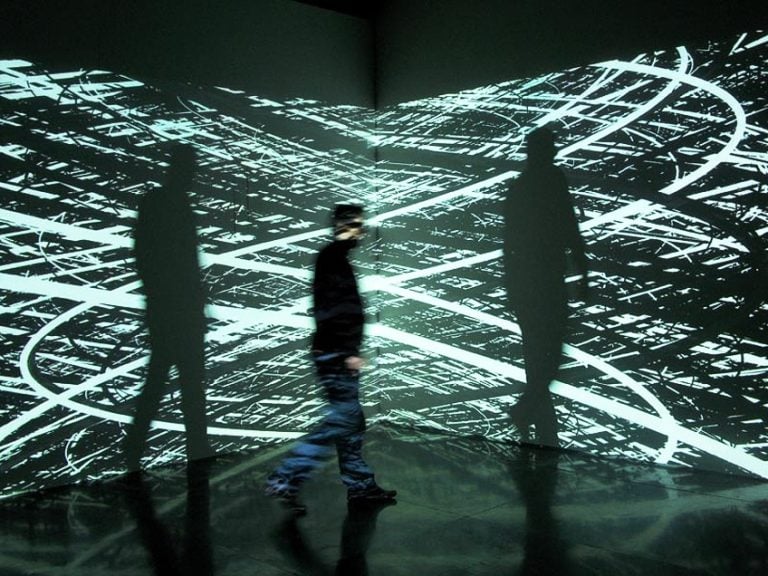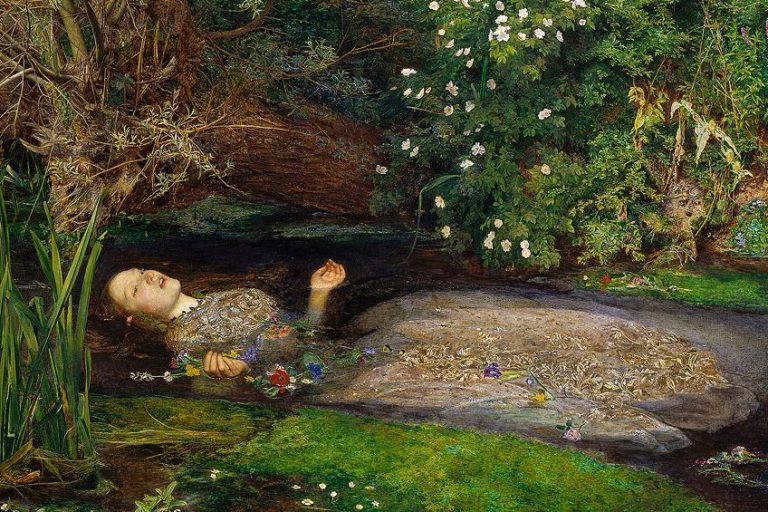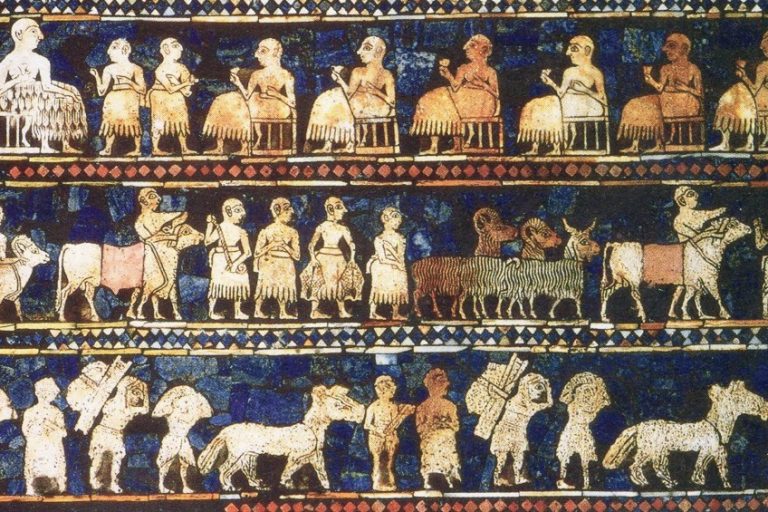What Is Chiaroscuro? – A Look at the Chiaroscuro Technique in Art
What is chiaroscuro in art and who invented chiaroscuro? In this article, we will take an in-depth look at the chiaroscuro technique, examine the chiaroscuro art history, and explore notable chiaroscuro paintings, sculptures, and movies. We will also answer common questions about the topic, such as “who invented chiaroscuro?”, and “how can chiaroscuro be used in art?”.
What Is Chiaroscuro in Art?
First off, what does chiaroscuro mean in art? The chiaroscuro technique involves using a strong contrast of light and shadows to create an impression of depth and realism in an artwork. Chiaroscuro artworks look more three-dimensional than artworks produced without incorporating this technique. Chiaroscuro was particularly significant in the development of painting as an art form because it allowed painters to convey an impression of depth and dimension on a flat canvas.
The chiaroscuro technique was utilized to great success by artists like Caravaggio, Leonardo da Vinci, and Rembrandt, who are now regarded as some of history’s finest artists.
The Origins and History of Chiaroscuro Art
Who invented chiaroscuro and how did it develop over time? In this section, we will explore the origins of the chiaroscuro technique as well as its history. We will also discuss some of the most notable artists who utilized the technique.
The Origins of Chiaroscuro Art
Chiaroscuro’s origins can be traced all the way back to the Italian Renaissance period. The word even derives from two Italian words – “chiaro” (the Italian word for light), and “scuro” (the Italian word for dark). However, many scholars argue that while the term was coined in the Renaissance era, there are examples of light modeling that go back all the way to the artworks of ancient Greece, historically ascribed to Apollodoros, the renowned ancient Athenian painter.
The Development of Chiaroscuro Art
Although hardly any ancient Greek paintings have survived, their awareness of the influence of light modeling can still be observed in Pella mosaics in Macedonia, dated from the late fourth century BCE. The technique persisted in a fairly primitive standard format in Byzantine artworks and was improved on again in the Middle Ages to become standard in the production of manuscript illumination and painting in Flanders and Italy by the early 15th century, and eventually extended throughout all Western art.
Chiaroscuro woodcuts were prints of the old masters made with two or more blocks printed in various colors.
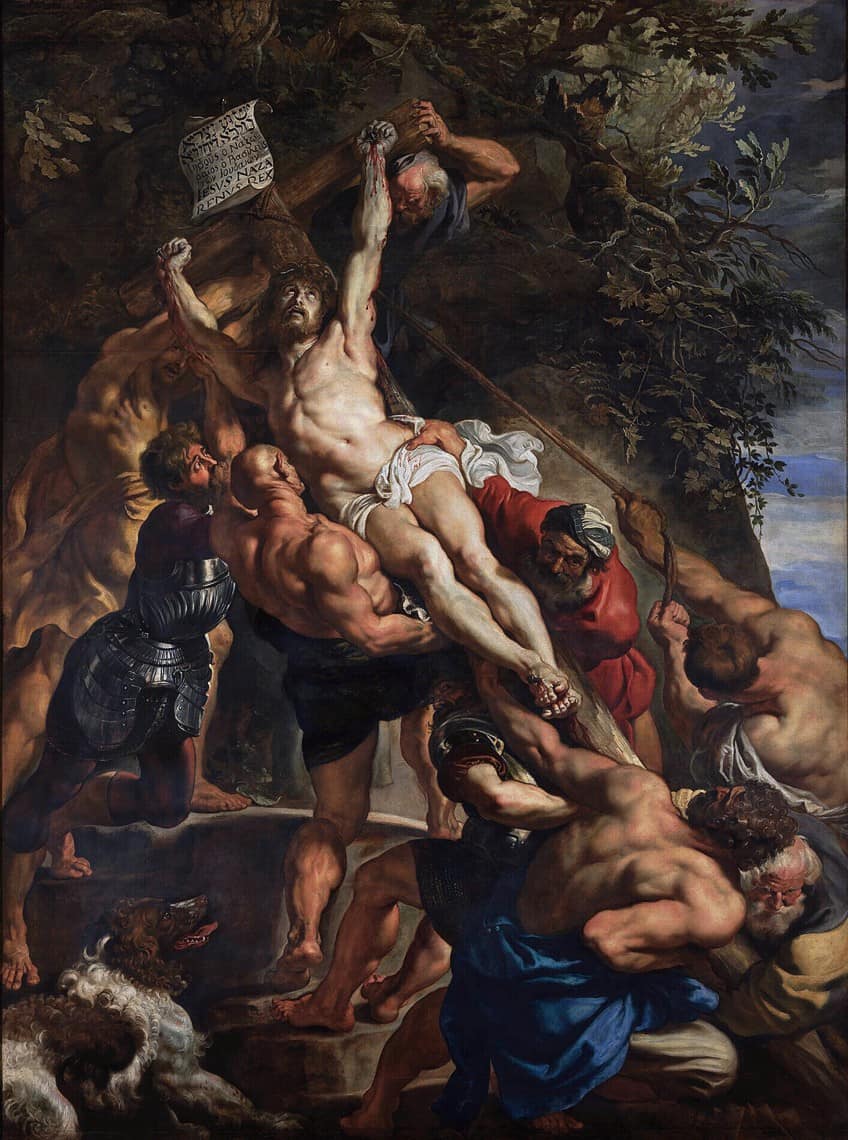
They do not always have significant contrasts of light and dark, but they were initially designed to produce the same effects as chiaroscuro drawings. After some early trials in book printing, the authentic chiaroscuro woodcut designed for two blocks was most likely developed in Germany around 1509 by Lucas Cranach the Elder. The woodcut technique was first used in Italy in the 16th century by the printer Ugo da Carpi. The key block was painted with the darkest tone and printed first to create a chiaroscuro woodcut. The following blocks were painted with lighter tones and meticulously metered to print in accordance with the key block.
Leonardo da Vinci, Caravaggio, and Rembrandt were three of the most prominent painters of the Italian Renaissance, and they were widely recognized for incorporating chiaroscuro lighting in their works; nevertheless, Caravaggio was possibly the best at it.
Later Development by Significant Artists
It was known as tenebrism, in its most dramatic form, as seen in the artworks of 17th-century Italian painters influenced by Caravaggio. Caravaggio and his contemporaries employed intense, dramatic lighting to separate their figures and amplify their raw emotion. The nighttime scene illuminated by candlelight became a distinct genre, harkening back to older northern painters such as Geertgen tot Sint Jans and, more recently, to the developments of Elsheimer and Carravagio.
Throughout the first few decades of the 17th century, several painters from the Low Countries explored this theme. Rembrandt was another excellent artist known for using chiaroscuro, employing it with extraordinary psychological impact in his works of art, sketches, and etchings.
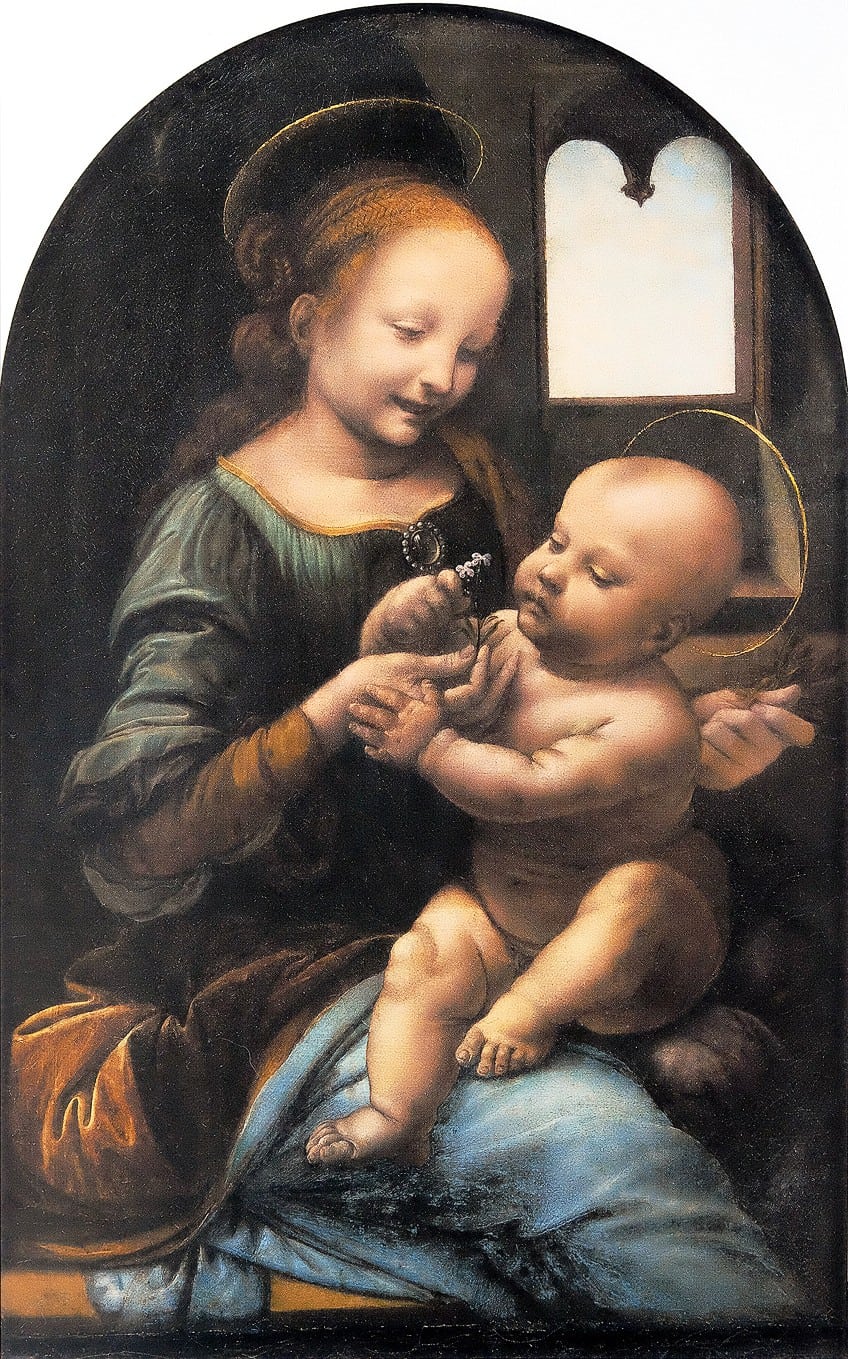
Diego Velázquez, Peter Paul Rubens, and many more lesser-known Baroque artists employed chiaroscuro to great effect as well. In his mature works, Rembrandt’s focus on the effects of darkness shifted. He depended less on the dramatic contrasts of darkness and light that characterized the prior generation’s Italian inspirations, which can be seen in his mid-17th-century etchings.
In that medium, he resembled his counterpart in Italy, Giovanni Benedetto Castiglione, whose work in printing led to the invention of the monotype.
The sensitivity and lightness of 18th-century Rococo art mark a denial of this extreme use of the chiaroscuro technique, however, it resurfaced in the Romantic period, when painters depended on it to achieve the emotive effects they deemed vital to their work.
Chiaroscuro Techniques and Application
There are various techniques that artists use to effectively incorporate chiaroscuro into their artworks. Identifying the light sources in your composition is the first step in producing the chiaroscuro effect. Identify the source of the light and how it is shining on your subject or object. This lets you produce regions of light and shade that help define the shape of your object. The gradient of tones from bright to dark is also important in the chiaroscuro technique.
You can also employ various shading methods like stippling, cross-hatching, or blending to produce a seamless transition between light and shadows.
You can also increase the contrast between the shadows and light to produce a more dramatic image. This can be accomplished by utilizing a brighter light source or by establishing pure white and black areas. Another method is to progressively layer your tones, gradually building up the dark sections of your composition. This will provide a sense of depth to your objects, making them appear three-dimensional. Color can also be used to create chiaroscuro effects – you can make your shadows more bright and dramatic by using complementary hues.
How Chiaroscuro Was Used in Film
While many know that the chiaroscuro technique was traditionally used in woodcuts, paintings, and sketches, not all are aware that it also featured in later mediums. The chiaroscuro technique remained an essential aspect of visual art following the chiaroscuro art movement, but it didn’t become widely recognized again until the advent of film.
“The Cabinet of Dr. Caligari” (1920), usually recognized as one of the first films of the German Expressionist style, was instrumental in reviving chiaroscuro lighting. Directors began using dramatic chiaroscuro lighting in film noir toward the conclusion of the German expressionist movement.
Fritz Lang’s film M (1931) is perhaps the most prominent example of powerful chiaroscuro lighting in German film. Chiaroscuro remained an integral aspect of filmmaking during Hollywood’s golden age. Citizen Kane (1941), Orson Welles’ magnum masterpiece, revolutionized cinematic innovations in Hollywood. Welles and the excellent cameraman Gregg Toland deserve credit for this. The daring and experimental cinematography was one of the reasons for the movie’s immense and continuing success.
Chiaroscuro lighting became synonymous with film noir in the 1950s and 1960s, and it even became a key stylistic component of New Hollywood filmmaking.
Creating Mood and Depth
Chiaroscuro can be used with great effect to generate various moods. Artists can produce a striking and dramatic impression by employing a strong contrast of light and dark areas that capture the viewer’s attention and elicit an emotional response. The use of chiaroscuro in an artwork can likewise create an atmosphere of mystery, for example, artists can make their viewers wonder what is lurking in the darkness by obscuring certain elements of the piece in shadows.
Artists can also produce a feeling of melancholy or loss by employing deep shadows and subdued tones. In addition to its dramatic effects, chiaroscuro can be used to convey a sense of calm and tranquility by employing subtle gradations of light and shadow.
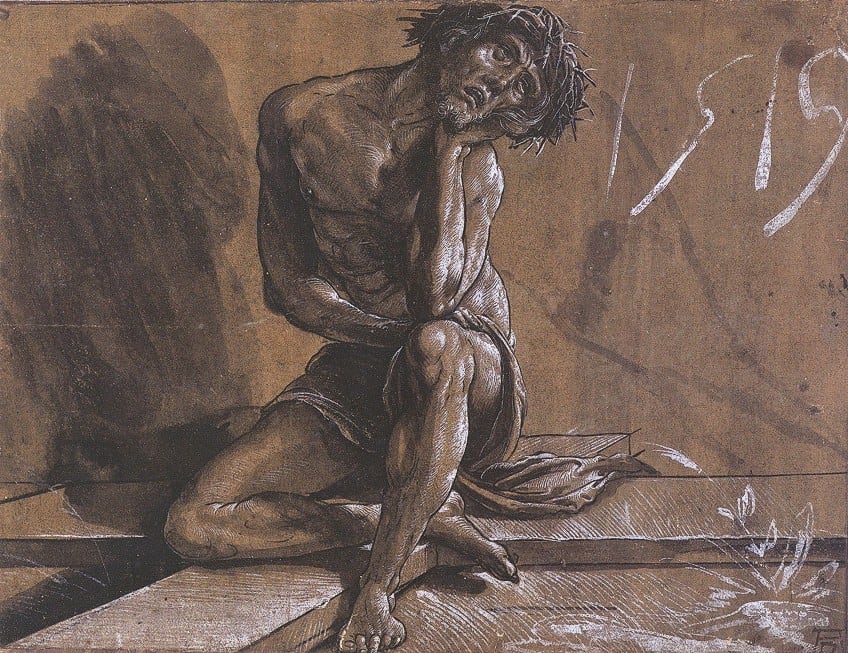
Chiaroscuro is also used to effectively add depth to artworks. This can be achieved in various ways, such as using chiaroscuro to highlight the volume and forms of the objects in the composition. Artists can produce an impression of three-dimensionality and make objects appear solid and substantial by manipulating the lighting and shadows. Chiaroscuro is used to achieve atmospheric perspective, which is the impression of elements blurring as they disappear into the distance.
An artist can create the impression of depth by utilizing lighter hues for elements that are closer to the audience and darker hues for those elements that are further away in the artwork.
The Contemporary Use of Chiaroscuro
Nowadays, the term chiaroscuro is commonly used to describe a wide range of dramatic lighting effects, as well as a technical term associated with numerous mediums and types of art. It refers to any kind of visual expression that has an element of darkness and brooding with powerful streaks of shadow that heighten the dramatic impact. Several modern artists have not only used chiaroscuro as a point of focus but have also elaborated on the technique’s capabilities with all of the modern technical advancements at their disposal.
It is undoubtedly true that the traditional use of chiaroscuro in painting is still regarded as the pinnacle of the technique, yet almost 400 years later, contemporary artists have taken the technique down some unexpected and creative pathways – typically with rather spectacular results.
Chiaroscuro In Modern Artworks
What does chiaroscuro mean in the modern world? When applied in photography, the chiaroscuro technique is sometimes known as clair obscur. It’s fascinating to study how this shading process historically linked with chiaroscuro paintings has grown to become a legitimate alternative for contemporary artists, just as it is with cinema. In the field of photography, chiaroscuro maintained its sharp and striking contrasts between dark and light sections.
The chiaroscuro photography technique is typically used for portraits, still-life setups, and boudoir photography. The first attempts to adapt this approach to the lexicon of photographic images may be traced back to the early advances of black-and-white photography.
Alfred Stieglitz, for example, was one of the first practitioners to effectively apply a type of chiaroscuro in his works. Prabuddha Dasgupta was a well-known fine art and fashion photographer from India. He was particularly renowned for his iconic black-and-white images of naked people in a chiaroscuro style. Dasgupta worked diligently for more than 30 years to refine his shading technique, resulting in nearly flawless control over his dynamic compositions.
Prabuddha Dasgupta is now regarded as a pioneer in both fashion photography and the use of chiaroscuro in photography.
Relevance in the Modern World
As we have learned, while the technique has its roots in the ancient past, and really started to shine from the Renaissance onwards, it is still found in modern art forms such as photography and film. Chiaroscuro has been employed in a variety of mediums throughout the history of art, all the way from the Renaissance to the present.
It is widely used to provide depth to artwork as well as to highlight certain parts of a composition.
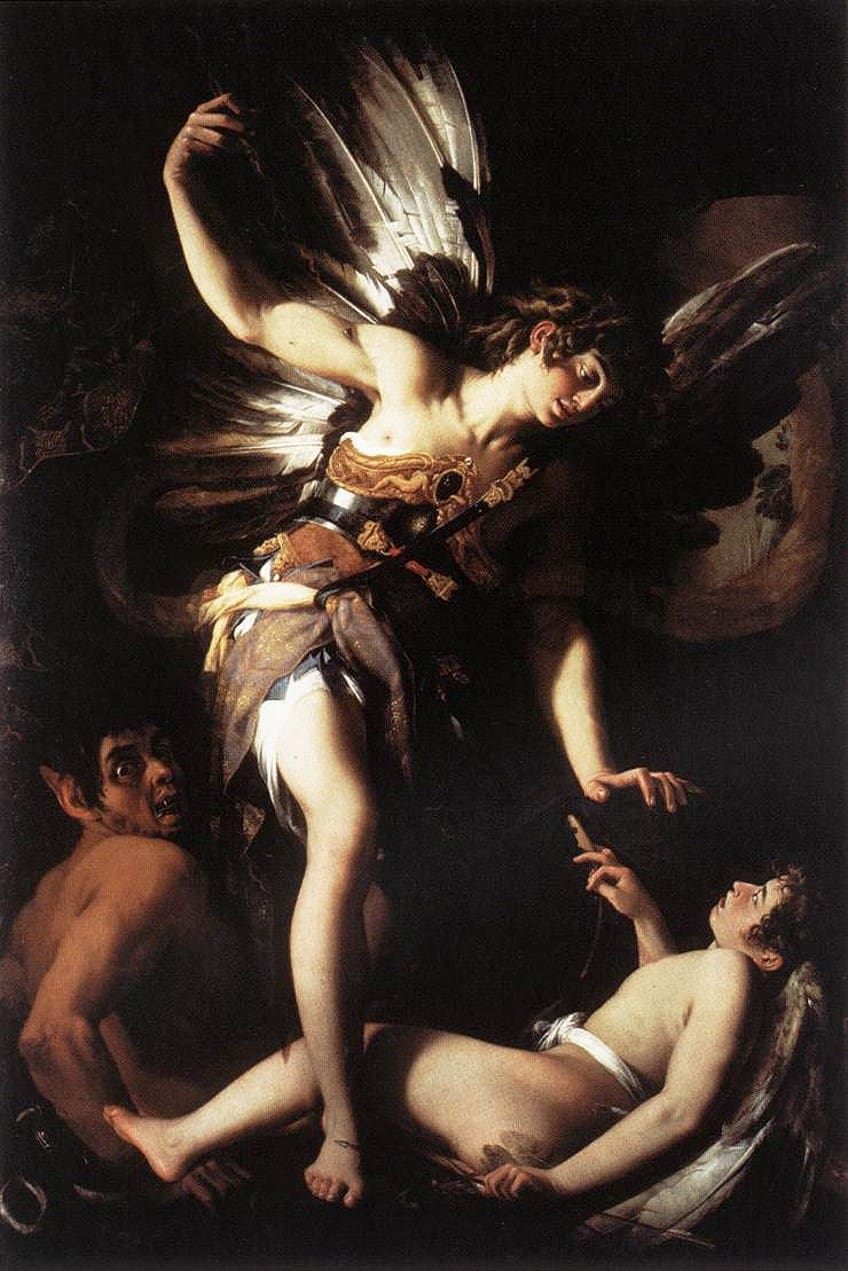
Several contemporary artists still employ chiaroscuro to create compelling and dramatic pictures. Some photographers, for instance, utilize the technique to produce spectacular black-and-white photographs, while others employ it in color photography to provide depth and contrast.
That completes our look at chiaroscuro in art. Originally coined in the Italian Renaissance, the technique has still been used right up to the present day in various mediums. It has helped artists create works that are compelling and life-like, adding depth and emotion to artworks. Today, it is still found in modern paintings as well as in film and photography.
Frequently Asked Questions
Who Invented Chiaroscuro?
It is not known exactly who invented the technique, as it emerged in antiquity and has been refined through the ages. We know that light modeling has been practiced since the time of the ancient Greeks, yet the term was only coined during the Italian Renaissance. There, the technique was perfected by masters such as Caravaggio and Rembrandt.
How Can Chiaroscuro Be Used in Art?
It can be used to make artwork appear more life-like. By playing with the contrast of light and dark, objects can also appear to have depth. It is also a great technique to use for adding a certain mood or atmosphere to an artwork.
Isabella studied at the University of Cape Town in South Africa and graduated with a Bachelor of Arts majoring in English Literature & Language and Psychology. Throughout her undergraduate years, she took Art History as an additional subject and absolutely loved it. Building on from her art history knowledge that began in high school, art has always been a particular area of fascination for her. From learning about artworks previously unknown to her, or sharpening her existing understanding of specific works, the ability to continue learning within this interesting sphere excites her greatly.
Her focal points of interest in art history encompass profiling specific artists and art movements, as it is these areas where she is able to really dig deep into the rich narrative of the art world. Additionally, she particularly enjoys exploring the different artistic styles of the 20th century, as well as the important impact that female artists have had on the development of art history.
Learn more about Isabella Meyer and the Art in Context Team.
Cite this Article
Isabella, Meyer, “What Is Chiaroscuro? – A Look at the Chiaroscuro Technique in Art.” Art in Context. May 22, 2023. URL: https://artincontext.org/what-is-chiaroscuro/
Meyer, I. (2023, 22 May). What Is Chiaroscuro? – A Look at the Chiaroscuro Technique in Art. Art in Context. https://artincontext.org/what-is-chiaroscuro/
Meyer, Isabella. “What Is Chiaroscuro? – A Look at the Chiaroscuro Technique in Art.” Art in Context, May 22, 2023. https://artincontext.org/what-is-chiaroscuro/.


